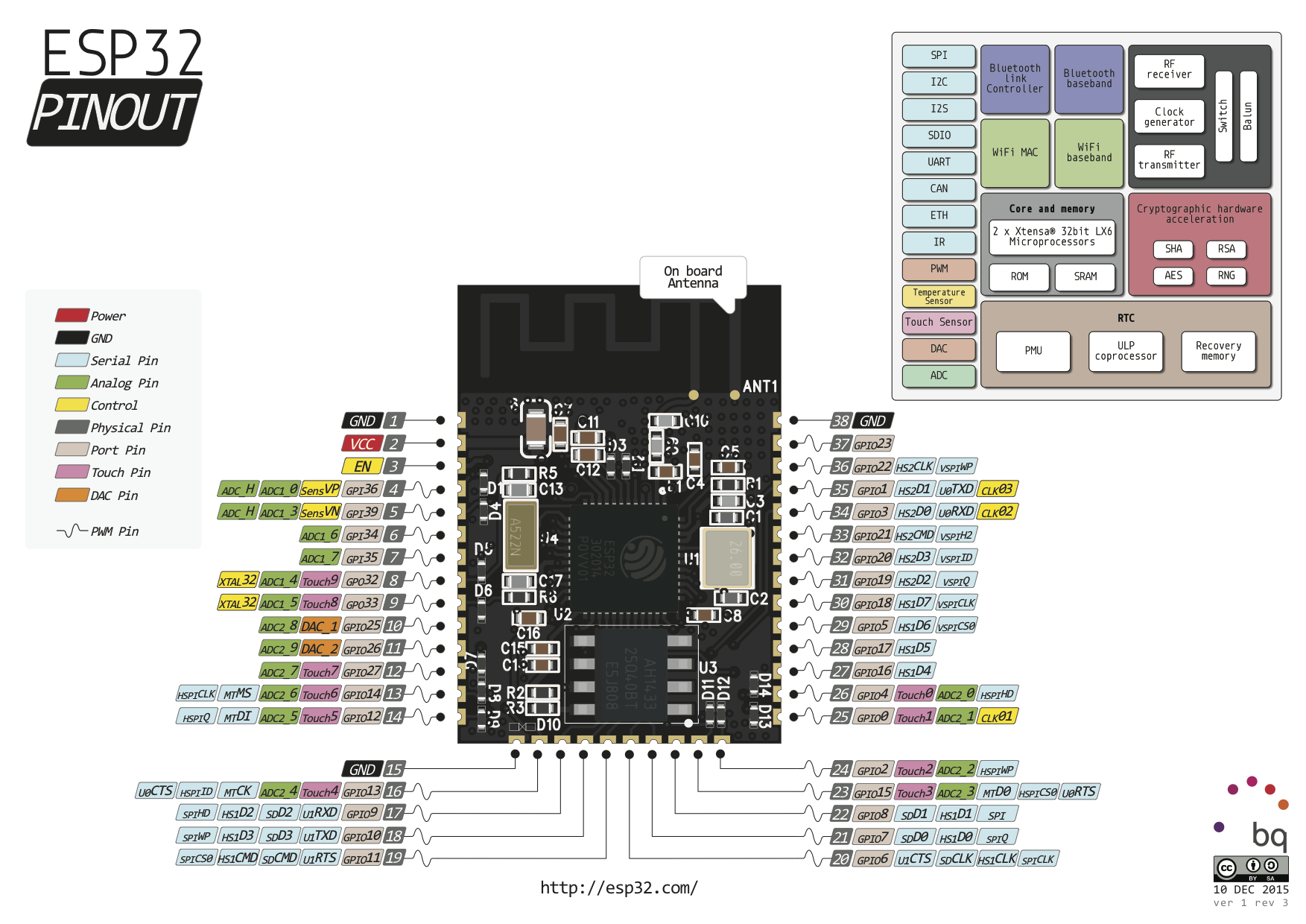The ESP8266 is the Serial to Wi-Fi SOC gaining steam back in August of 2014, no doubt you've heard of it; if not used one yourself. Since then, hundreds of IoT devices were built on this originally-undocumented device. With those projects and products built around the chip came a myriad of documentation that lowered the entry level to using one quite a bit. Essentially, this chip allowed you to add WiFi connectivity to any TTL capable MCU platform for a price under $10.00.
Then there was an official Software Development Kit released by the chips manufacturer; Espressif. The SDK, of course, eventually evolved into a few software development kits that could port across; like Arduino and NodeMCU. In this short lifetime (just over two years) the ESP8266 has transformed from an inexpensive WiFi-addon board (with a lightly-documented instruction manual) into one of the most versatile WiFi Microcontroller boards available!
Here we are in November of 2016, and the ESP8266 manufacturer has released a successor chip, the ESP32! We thought it'd be great to see a bit of a side-by-side all the features of each chip are laid out on the table. Let's take a closer look.
| ESP8266 | ESP32 | |
| Central Processing Unit |
Tensilica L106 32-bit micro controller
80MHz Clock - up to 160MHz
No ROM, must be accessed via external SPI flash
160KB SRAM
|
Xtensa® Dual-Core 32-bit LX6 microprocessors
160MHz Clock - up to 240MHz
448 KB ROM
512 KB writeable SRAM
|
| Peripheral Support |
2 x UART
SDIO
3 x SPI
1 x I2C
1 x I2S
1 x IR Remote Control
17 GPIO Pins
10-bit ADC
4 x PWM
|
Bluetooth v4.2/BLE
12-Bit SAR ADC
2 x 8-Bit DAC
10 Capacitive Touch Sensors
Temperature Sensor
4 x SPI Bus
2 x I2S
2 x I2C
3 x UART
SDIO
Ethernet MAC for IEEE Support
CAN 2.0
IR Remote Control
Motor PWM
LED PWM
Hall Sensor
Low Power Pre-Amplifier
36 GPIO Pins
|
| Operating Voltage | 3.0-3.6V | 2.8-3.3V |
| Operating Temperature Range | -40-125°C | -40-125°C |
| Wireless Frequency | 2.4 GHz | 2.4 GHz |
| Wireless Protocols | 802.11 b/g/n/e/i HT20 | 802.11 b/g/n/e/i HT40 |
| Wireless Security | WPA/WPA2 | WFA/WPA/WPA2/WAPI |
| Encryption | WEP/TKIP/AES | AES/HASH(SHA-2)/RSA/ECC/RNG |
| Dimensions | 20mm x 18mm | 26.0mm x 18.0mm |
There's a block diagram attached to the pighiXXX Pinout below if you'd like a visual representation of the peripherals the ESP32 has to offer.
First off, the clock speed of the CPU has doubled with the addition of the extra core in the main CPU. 400KB of ROM is now accessible by the processor, up from the 0 that was internally available on the 8266 (There was an external SPI flash memory chip only). You're also getting +300KB of SRAM with the 32. As far as the peripherals go, the 32 gets a bit of an overhaul with more of all the things we loved in the 8266, doubling the SPI/I2C/I2S and adding a few of the things makers missed (Bluetooth, DAC, Pre-Amp, etc.). You get all of the Wireless security modes from the 8266, plus the newer security methods developed since. An interesting (although less fully understood) feature of this new board is the Cryptographic Hardware Acceleration which Espressif have placed a bounty on, rewarding any makers that can show them the power behind their crypto-module.
This ESP32 Pinout is licensed as CC Share-Alike, Created by Alberto from http://www.pighixxx.com
The physical sizes of the development boards for each of the ESP modules are very similar, although the 32 being a little bit larger. The Bluetooth v4.2 that comes with the ESP32 is one of the exciting parts here, giving makers a WiFi/Bluetooth board for a similarly low price point to the ESP8266. All in all the story is shaping up to be quite the same between the two chips, as the Open-Source Tool Chain released alongside the board, Espressif has put it onto the maker community to create all the supporting content and SDK ports for the board.
As of the end of October 2016, a minimal version of the Arduino Core was made available for the ESP32. Sparkfun has a fantastic guide that covers how you can install it and get up and running with it. They also have an ESP32 board available, the ESP32 Thing.



